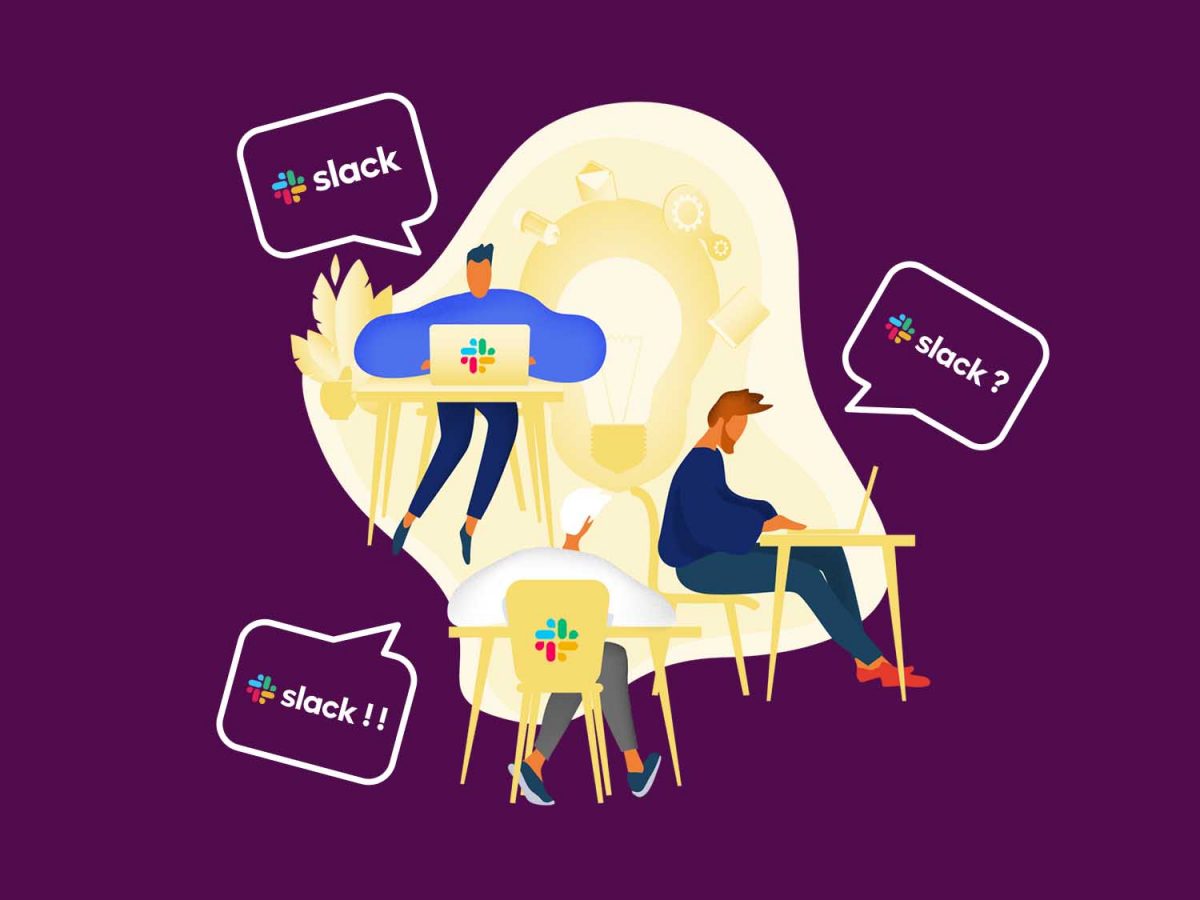Frequent readers of this blog will know about my obsession with the SaaS network effect.
In truth, it’s an ideal to become the “go-to agency for the SaaS network effect”, even though that’s something virtually impossible for anyone to achieve.
Nonetheless, it’s a good aim, I believe. As Slack filed for its IPO yesterday, it got me thinking — how the hell did I miss it in the article above? It got me thinking about another Chagency product as well, but I’ll get back to that in a second.
Slack apparently reached $1 million in revenue in 2 weeks after launching.
The story is definitely longer. The founder was trying hard to put out a massive multi-player online video game (an MMO, as gaming fans would call it) — it simply wasn’t going through. It was far from any SaaS network effect.
After shutting it down, they’ve slowly realised how much of a valuable tool their internal chatting system was, which wasn’t even a SaaS at the time.
It was simply their internal tool with its own “network effect”, if you can call it like that.
The story goes that they were actually… not disregarding the chat, but in fact not seeing it as a huge thing. With every skeptical but open-minded test, they got closer and closer to realising that what later became Slack, actually had some value.
SaaS companies and the network effect

Slack has had stupendous growth not only because they made their users love it — that’s already standard advice at this point.
The main reason was that when either:
- A decision-maker
- An influencer of a decision-maker
Were “convinced” Slack was it, the whole team had to switch to it — the SaaS network effect was enforced.
£5/mo/seat… most of you will know how that translates to revenue since it’s what you sell (or at least know someone that sells this way).
That’s a SaaS network effect squared. It’s not like the telephone where “the more people use it, the better”.
No, it’s binary here. Either everyone uses it or no one. And when “everyone” is the answer, that’s a huge payoff. Especially in an 800-employees-company
Why is Slack’s network effect happening?
Other network effects
One major reason I’ve identified is what I’ll describe in a couple of paragraphs. But before that, let’s briefly look at some other cases.
Think PayPal. It’s based on the payment service, which was (and still is) definitely a need at its time of inception.
Think Uber. It’s based on the taxi industry. Or rather the transport industry, given their new executive decisions.
Airbnb – housing. Etc. etc. You’ve heard this before.
I’ve noted in the past how:
If a lot of companies would need to develop [a] solution from the ground, then it’s worth building a product [for them]. Especially if they need this but not all of them have the means to build it.
And how does that relate to Slack? Easy, Slack was building on top of email — which yes, is the standard and the go-to medium of communication (and a use case where the network effect is enforced).
It’s just that, much like any other field out there that gets “disrupted”, technology now allows for more products that go in-depth to be developed.
Slack’s case and their network effect
What do I mean by that: email is absolutely fine for exchanging messages with someone you don’t know. Someone with whom you don’t have yet a personal relationship.

Email over workmates works as well — but today’s world allows us to do this: stop fitting smaller squares into round holes and make that damn cylinder.
Slack was a cylinder for team communication! Yes, email can still exist and still has its purpose, but it doesn’t have to be hammered through a round hole when it’s a square peg.
How much is the difference between the misfitted peg and the hole? $24B apparently, as per today’s Slack valuation.
So what was Slack’s killer combination?
On one hand, the right fit which I’ve just explained. Filling in the crevasses of an older (but still very good working) system called email, which already enabled the network effect.
On the other hand, a killer network effect of their own. “Infect” one person in the company, infect the decision-maker — and we’re talking about annual recurring revenue that’s there to stay.
Combine that with a lot of reasons to love the product? And yes, that’s what makes a billion dollar company.
A new product idea
A couple of days ago we’ve launched “Get Startup Funding”.
It’s a name that might draw more attention than necessary but for a good purpose, I reckon.
We’ve put together a library of the exact pitch decks Uber, Airbnb, Facebook and other companies have used to raise angel/venture capital.
They’re all embedded there so everyone can learn from them how to raise capital properly.
We made it as we needed it — as a side-effect of writing for SaaS people, multiple startup founders reach out. A recurring theme was raising VC money, and every now and then we’d refer them to one of these. We needed a place with all of them together, so GSF was born.
What we’d need now is the following:
A library of successful “network effect” case studies
We’re talking so often about it and looking to see if we can implement it in our clients’ projects that it’d be nice to not forget about Slack or some other thing one of us came up with, only to forget it 3 minutes after.
If time wouldn’t be a constraint, it’d be done in a couple of weeks. But at the moment it’s on the waiting list.
However, if you think it’d be a valuable tool for you as well, reach out at [email protected].
About Ch Daniel
I’ve updated this signature in July 2020, so older mentions of the signature might not make sense.
I currently don’t write on this blog anymore. I wrote daily for 9 months on this very blog, but now I’m focused on building the CH Group.
If you want to follow my newer articles, check out the CH Group’s blog.
See everything I do here: Chdaniel.com




